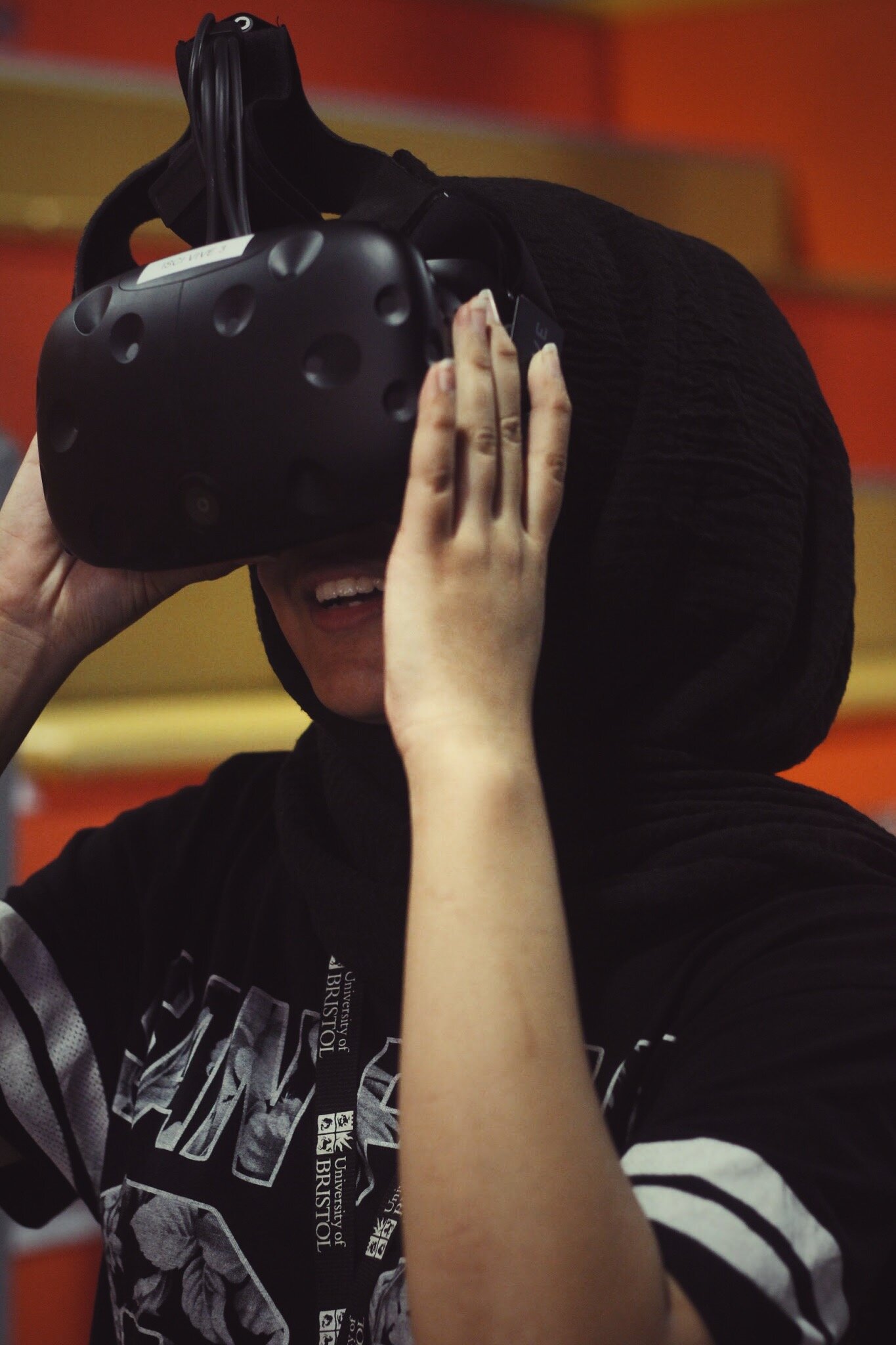Want to Reach More People? Use Diverse Stock Photos
Google ‘stock images’ and you’ll find libraries of them, each holding hundreds of images within an impressive range of categories. Just search ‘computer’ on a stock photography site and you’ll get a plethora of images to choose from.
However, while these photography libraries aim to capture diverse themes, they don’t always succeed at representing diverse people. As a new business owner in 2017, I was in a situation many business owners can relate to. I needed to build a website with little to no budget. So, of course, I relied on free stock images. To finish off my website, all I needed was an image of a Black woman’s hand holding a phone. Simple, right?
While I found plenty of images of white hands, ‘tech bros’ and white women secretaries, no matter how long I scrolled… hands that looked like mine never surfaced. I was stumped. How could a library of stock photographs – of images available for anybody to use – not be representative of the world it’s trying to depict?
TechSpark shared my frustration at the lack of stock images representing Black and Brown people, so we joined forces to create a solution…We brought together a diverse range of Bristol tech founders and snapped our own pictures, creating the SHIFT Stock Photography Gallery to help meet the need for more diverse photos. But let’s be real, I shouldn’t have had to go to these lengths to get an image of a Black woman’s hand!
To fulfil its job, stock photo libraries need to include diverse people to reflect the world we live in today in pictures. Companies, like mine, rely on stock photos and we should be able to capture ourselves and our diverse audiences. You might assume there’s no real benefit in using diverse photos for your company. People decide to buy a product based on the value of the product itself, not on the presence of diverse photos, right?
Can diverse photos really affect a consumer’s behaviour?
A 2019 consumer survey by Google and the Female Quotient found that 64% of all respondents took some action after seeing an ad they considered to be diverse or inclusive. Think about it. If your target demographic is women, then you want to reach all women who might buy your product– you don’t want to fall short. If people of colour or disabled people don’t see themselves in your images, why would they assume your product or service is geared towards them? If people do indeed see themselves represented, they feel welcomed and included. In turn, they can imagine welcoming what you have to offer into their lives. You’re painting the picture for them, and they’re in it!
After hearing my struggle to find an image of a Black woman's hand holding a phone, you might wonder where you’re supposed to source these diverse stock images from. For your convenience, below is a list of paid and free diverse stock photography libraries. This is not an exhaustive list, and if you find any more please share.
UK Black Tech - A collection to use diverse images focusing on tech and the Black community. (Free)
Eye for Ebony - Vibrant stock photos featuring men, women and children of colour to help add more diversity to your messaging online. (Paid)
Disability Images - A collection of positive lifestyle imagery of authentic people with real disabilities. (paid)
WOC in Tech Chat - Women of colour working in tech. (Free)
TONL - Culturally diverse stock photos that represent the true world we live in. (Paid)
PUSH Living Photos - A collection of positive imagery of persons with disabilities and who use mobility devices such as wheelchairs, canes, walkers, guide dogs etc. (Paid)
Remember, representation means including disabled people, LGBTQIA+ people and other communities. By representing the communities that make up our world, you’re letting them know they belong. If you would like help implementing inclusivity into your marketing, contact us.





